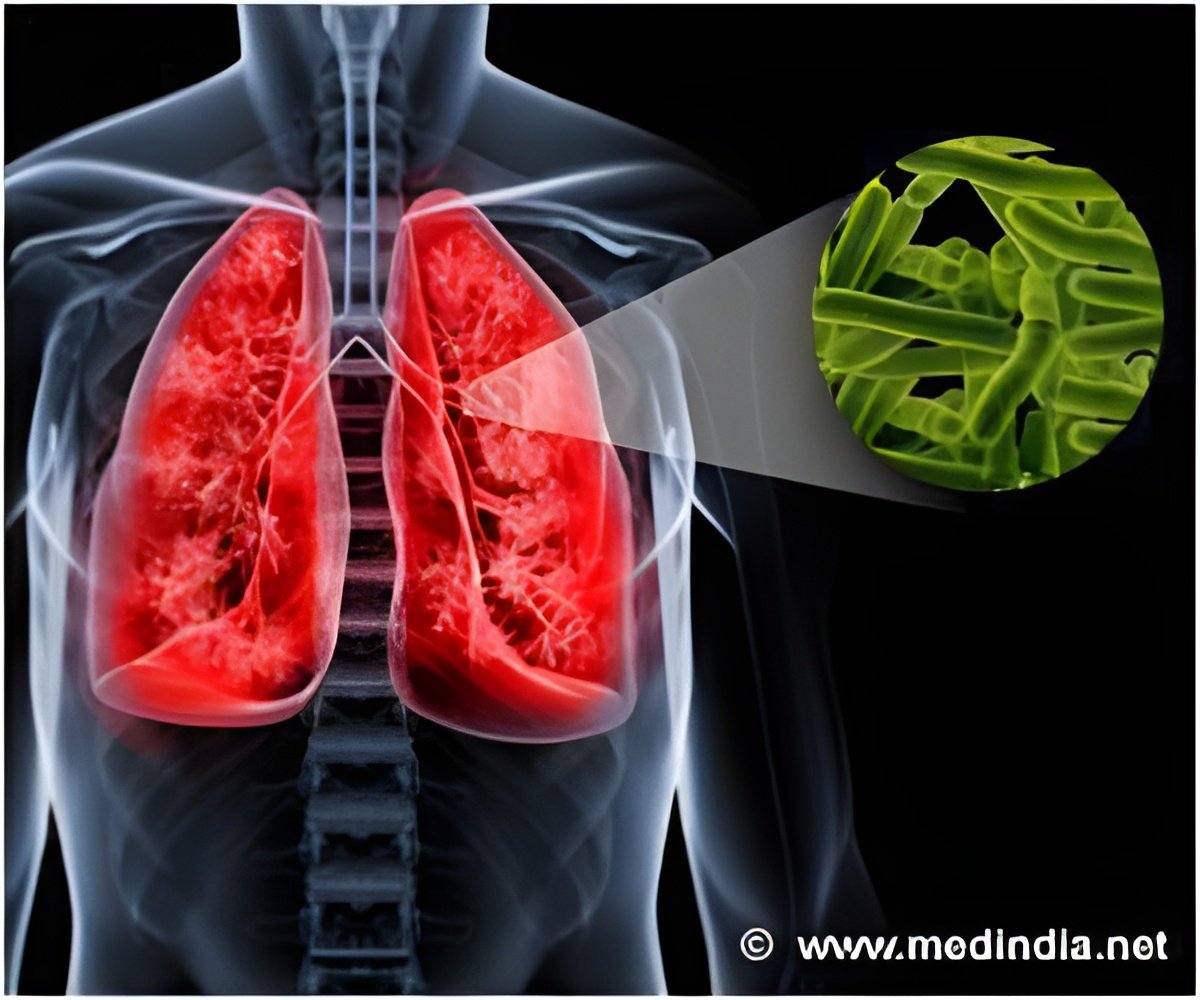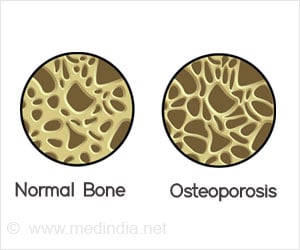The most predominant strain of methicillin-resistant Staphylococcus aureus in North American produces an enzyme that degrades skin secretions into compounds that are toxic to itself.

Recent studies have indicated that USA300's emergence and rapid spread were due at least in part, to enhanced ability to abide on human skin, a skill which has been traced to a gene that confers resistance to toxic polyamines on the skin. That gene is absent from all other S. aureus strains.
That aside, the skin is not exactly a hospitable environment. To S. aureus, sebum, a waxy or oily substance secreted by the sebaceous glands in the skin, is a witch's brew of free fatty acids and other bacterial poisons. Sebum also contains triglycerides, to keep the skin from drying out.
The mystery involves the production by all strains of S. aureus of a lipase enzyme, SAL2, that snips these innocuous triglycerides into more of the antimicrobial free fatty acids.
"In previous work, SAL2… was identified as one of just seven secreted proteins that was universally produced by 63 diverse strains of S. aureus and, as such, it is unlikely that S. aureus would have evolved to maintain abundant production of SAL2 if it did not confer a substantial benefit to the bacterium," the investigators write, adding that this is especially true for the USA300 strain of community-acquired methicillin resistant S. aureus (CA-MRSA).
In the study, the investigators engineered strains of CA-MRSA that could not make SAL2 lipase, and compared, in vitro, how the mutant and the wildtype responded to triglycerides. The mutants grew well in the presence of triglycerides.
Advertisement
That seemingly illogical result is driving further research, says Heinrichs. "Our continued efforts are directed toward finding out why these bacteria have evolved a growth-inhibiting system of releasing large amounts of fatty acids from skin secretions."
Advertisement
The final version of the article is scheduled for the December 2014 issue of the Journal of Bacteriology.
Source-Eurekalert











